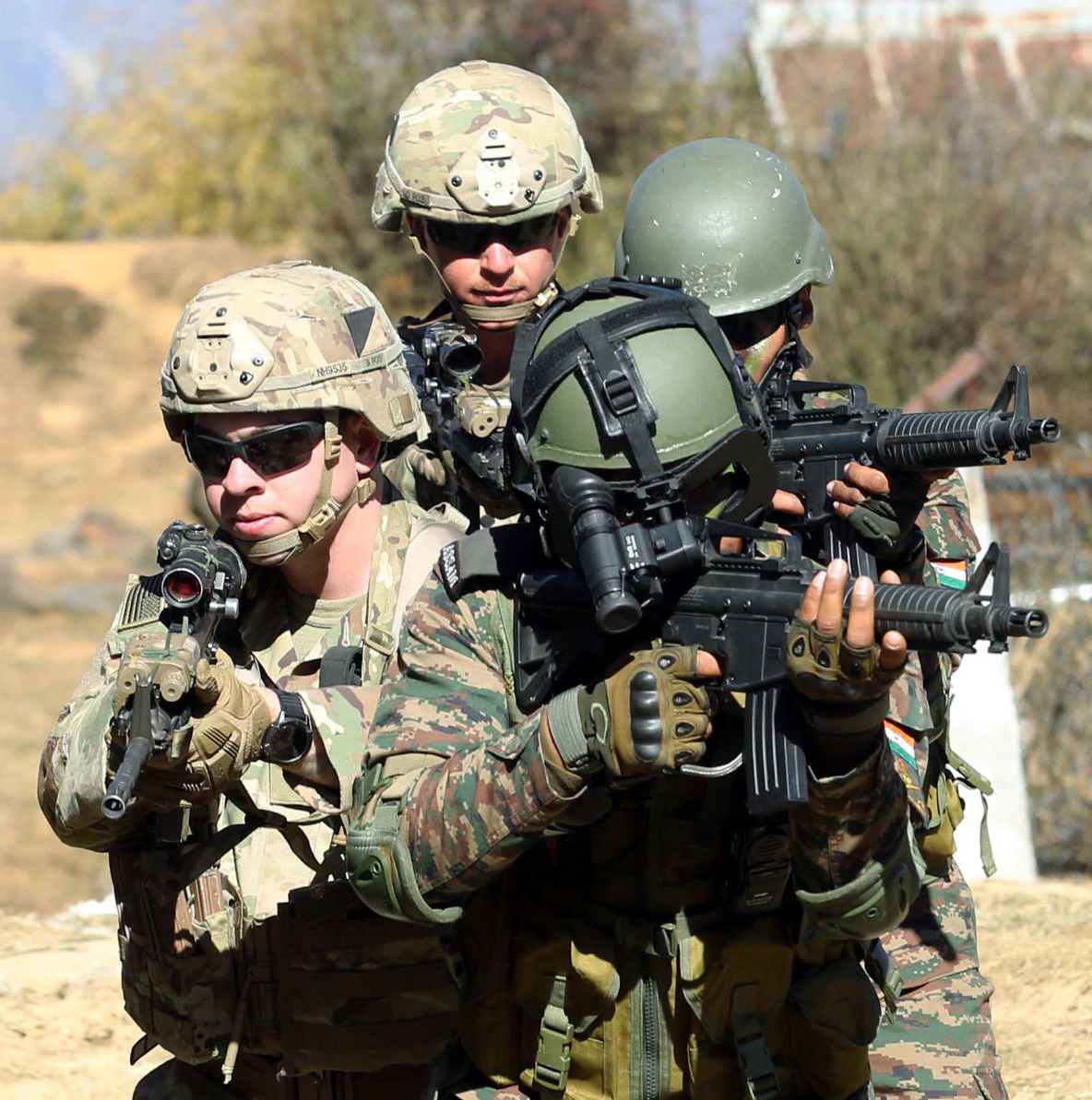
The United States military plans to begin deploying thousands of autonomous weapon systems within the next two years to counter China’s increasing influence. The Replicator initiative intends to collaborate with defense and technology companies to manufacture high volumes of cost-effective systems for all military branches.
An idea whose time has come
Over the last decade, military robotics advanced through commercial tech adaptation. Recent combat experiences, like Russia in Ukraine, confirm their readiness, from loitering munitions to naval drones. Military robots are now indispensable.
Robots everywhere
Emphasising the urgency to transform warfare, the Replicator program aims to deploy cost-effective autonomous systems capable of complex missions across various domains within 18-24 months. These robots are versatile assets.
The robot mission
The US regards Russia as an immediate threat and China as a long-term challenge. China’s sheer numbers outmatch the US, but Replicator’s autonomous systems aim to bridge the gap for future conflicts, notably a potential Taiwan battle. The program seeks to deter Chinese aggression in the coming decades.
A brave new world?
The use of autonomous systems in warfare raises concerns about adherence to the laws of armed conflict. Supporters believe robots can follow rules better than humans, but skeptics argue that unforeseen situations may lead to errors. Previous systems like the Phalanx and Patriot had misperformed, highlighting the challenges. Future autonomous systems may mitigate these issues through clever design.
A global change
The United States takes the lead in deploying autonomous systems, closely followed by China, known for its expertise in artificial intelligence and combat drone production. The accessibility and cost-effectiveness of civilian-developed autonomous drone technology have expanded its user base, reaching beyond major powers. Countries such as Libya, Israel, and Turkey have reported the use of autonomous weaponry. Australia is also actively pursuing autonomous military solutions, with the Australian Defense Force developing various autonomous assets, including fast jet air vehicles, armored vehicles, logistic trucks, and submarines.















